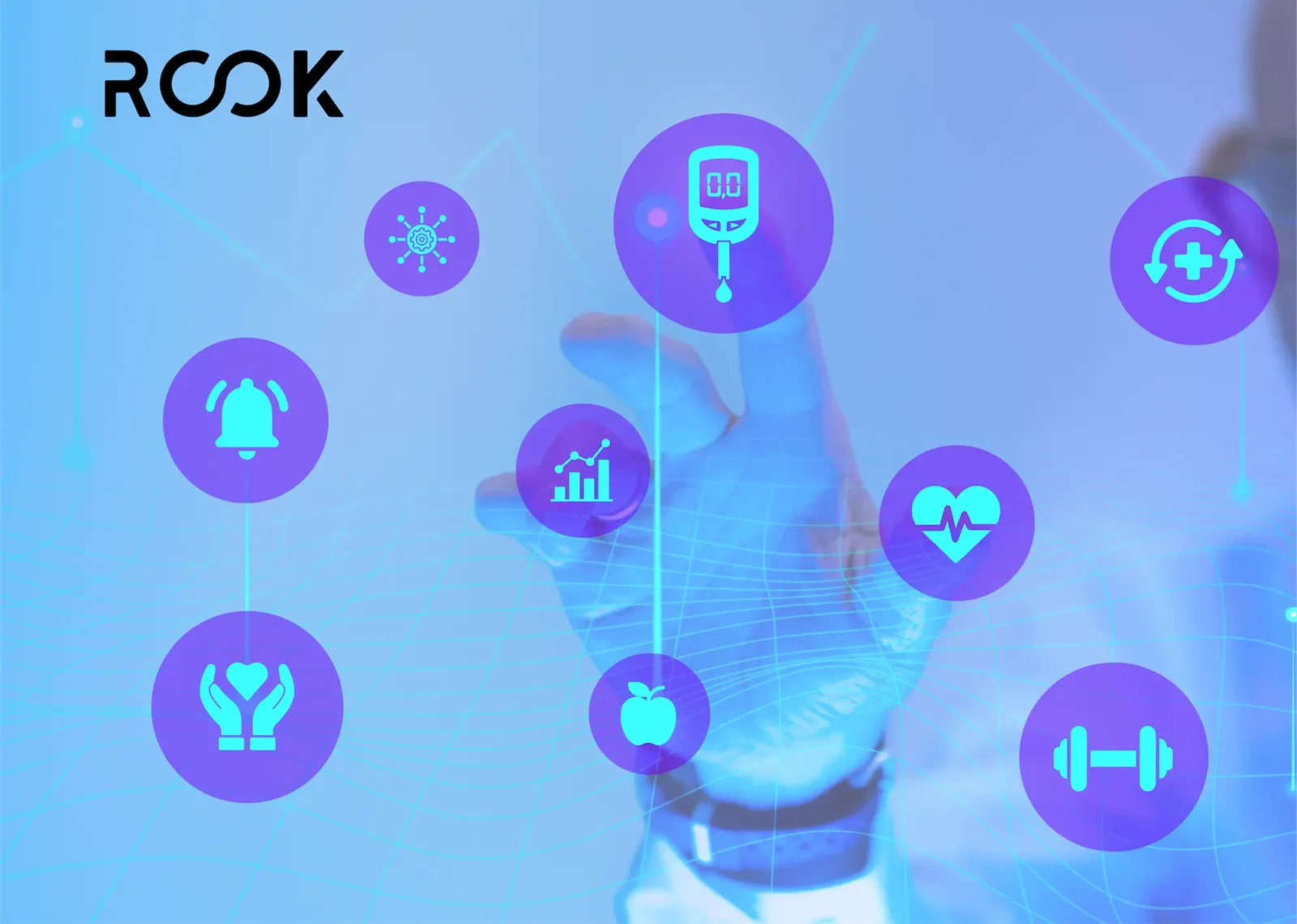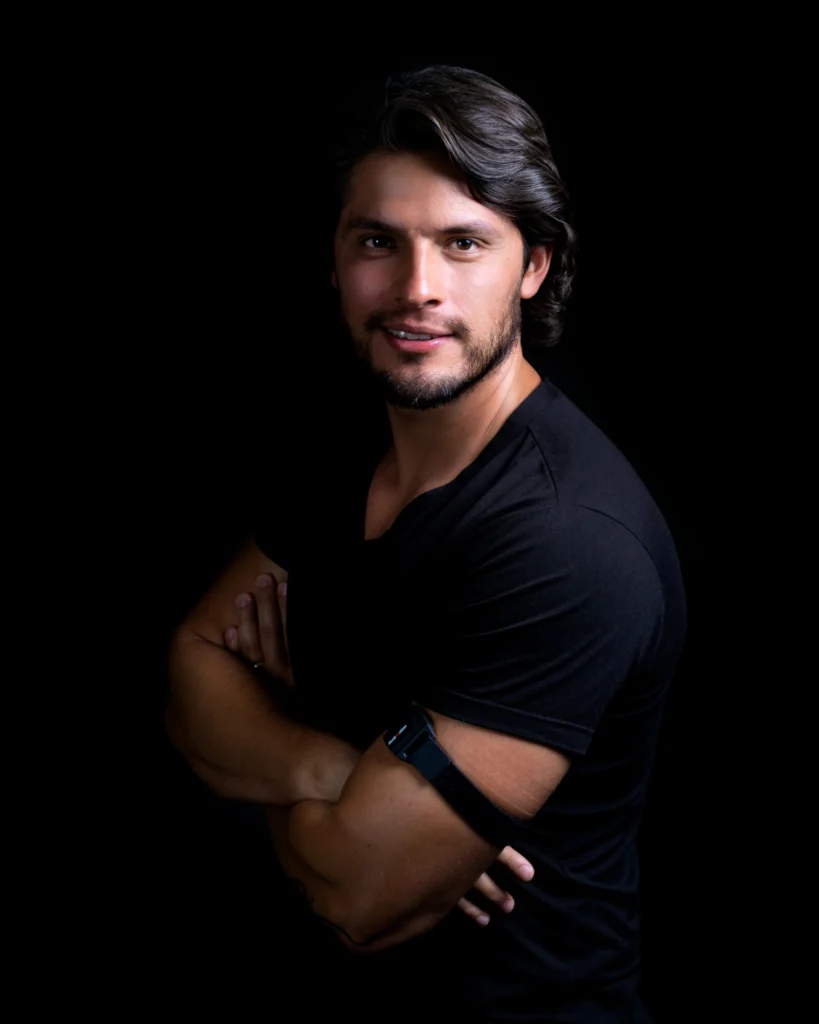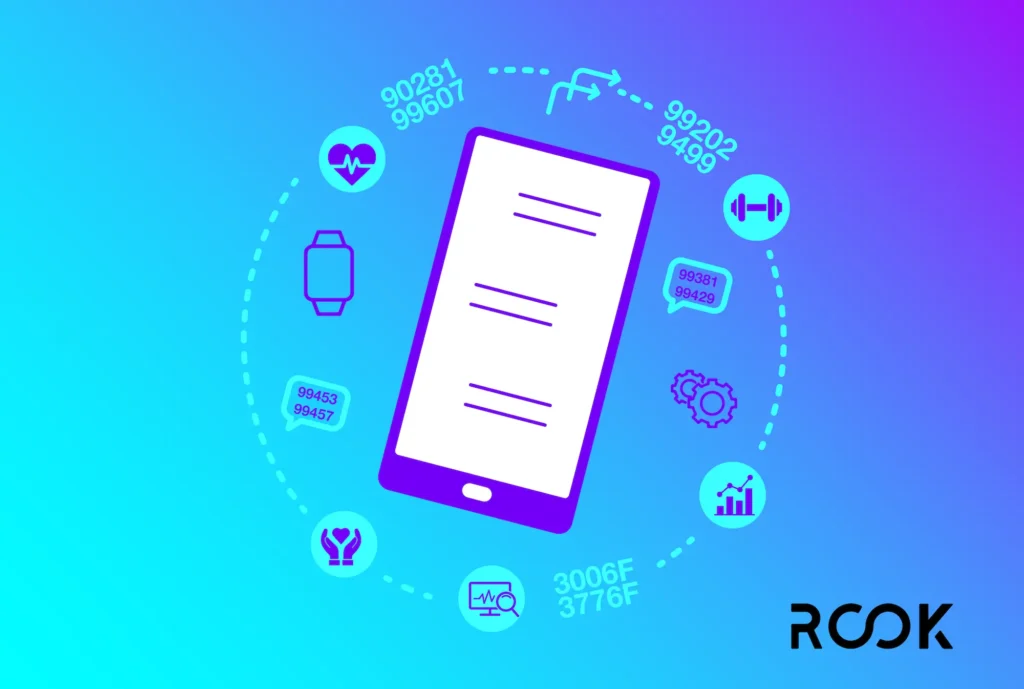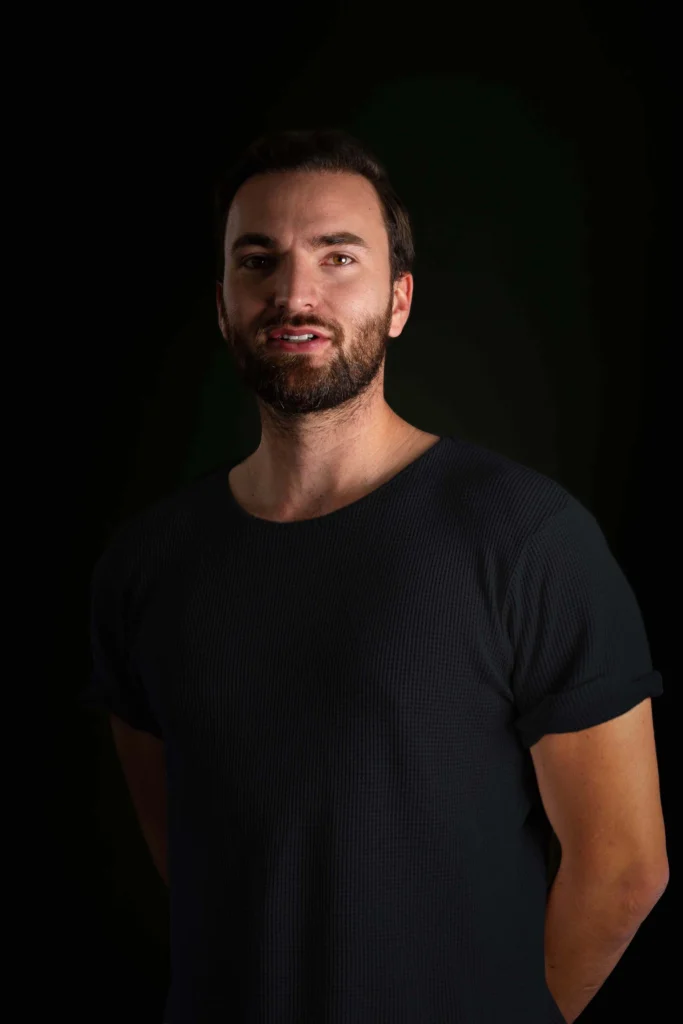ROOK’s Wearable API Enables Fitness to Show Tangible Results Tying Healthcare in with Insurance
Partnership
Sponsored By ROOK

ROOK is connecting insurance, healthcare, and fitness with its single, advanced API integration
ROOK, the data integration platform for fitness businesses and more, is building a bridge between insurance, healthcare, and fitness with wearables as its foundational blocks.
There are several factions within the fitness sector skyrocketing right now — but few are ascending at a rate on par with wearables. The global wearable technology market was already valued at USD $120.54 billion in 2023. It’s projected to grow from USD $157.94 billion in 2024 to USD $1,415.26 billion by 2032.
This of course comes as no surprise to ROOK. The Miami-based brand has been helping fitness, healthcare, and insurance companies gather and properly apply data collected by wearables for some time now. Nonetheless, the brand knows that’s only the tip of the iceberg when it comes to the devices and their potential impact.
“The concept of ‘exercise is medicine’ is more than just a buzzword; we’re seeing healthcare and insurance industries increasingly focusing on fitness,” said Marco Benitez, ROOK CEO and co-founder. This shift is largely due to the ability of fitness to demonstrate tangible results, with wearable data playing a key role in showing the return on investment (ROI) in fitness.”

Starting with Insurance and Healthcare
Health insurance and fitness have always been intertwined to a certain degree. The former strongly depends on the latter in terms of coverage types and rates. But now, with the implementation of wearables, that bond is even stronger — and ROOK is eager to help facilitate that with its API.
“Welcome to the future — where your smartwatch might just know more about your health than your doctor does,” said Benitez. “This isn’t sci-fi anymore. Wearable technology is here, and it’s reshaping industries, especially insurance and healthcare. What started as gadgets to track our steps has evolved into a goldmine of data, influencing how insurers assess risks, price policies and engage with customers as well as how decentralized care is facilitated by at-home hospital or remote health monitoring services.”
With wearable devices tracking things like heart rate, sleep patterns and daily activity levels, they not only have the ability to keep their wearers updated on their health and lifestyle in real-time, but also their clinicians and insurers. Doing so allows providers to develop more accurate risk assessments and personalized health management strategies.

All parties stand to benefit from wearable device data being placed in the hands of providers, which is made possible by ROOK. The real-time metrics give healthcare providers and insurers information to make informed decisions with accuracy and speed never thought possible before. This allows them to cater toward each user more precisely with customized treatments and plans — potentially lower premiums for those leading healthier lifestyles as well.
Tying Things Together
By getting insurers the information they need to implement customized plans that relay potential savings for healthy users, ROOK is an important facilitator, helping motivate the public to stay fit and reap those rewards. Healthcare and insurance essentially “use” fitness as a tool to improve their own outcomes.
“It’s a win-win situation,” said Benitez. “Insurers reduce their risk exposure and policyholders are incentivized to maintain healthier lifestyles.”
The wearables and their ability to make accurate determinations are integral to this process as well. ROOK’s API helps fitness, healthcare, and insurance companies to integrate and aggregate wearable data through a single integration and by doing so enables these companies to innovate on top of that data.
“We see that fitness is just getting momentum when it comes to healthcare and insurance,” added Jonas Dücker COO of ROOK. “Fitness is finally able to show tangible results by tracking progress. We can see tangible returns. We can not only track healthy habits, but we can incentivize them. So this becomes actually a closed loop now between insurance, healthcare fitness.”

“The wearable revolution is here, and it’s reshaping industries like fitness, healthcare, and insurance in ways that were once unimaginable,” added Benitez. “And we are just getting started – with access to clean and harmonized wearable data, just imagine the amazing applications this data will have in AI models within these industries.



